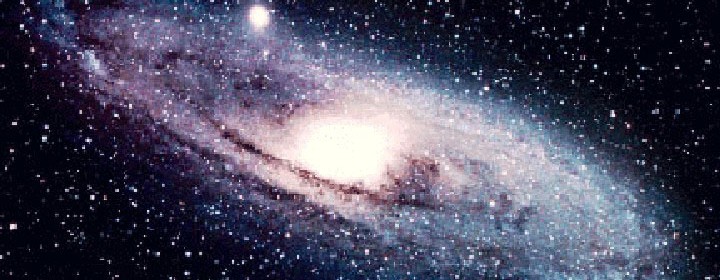Relics of the big bang

Astronomers have discovered two clouds of gas some 12 billion light-years away that appear to preserve the primordial conditions of the universe in the minutes after the big bang. The clouds contain just hydrogen and its isotope deuterium, making them “the first examples to fit precisely” into what scientists think the early universe was like, University of California astronomer Jason Prochaska tells DiscoveryNews.com. Astronomers have long thought that the big bang, which occurred some 14 billion years ago, created clouds made up of only the lightest elements, but until now had never found any that didn’t also contain elements like oxygen, carbon, and silicon. Those heavier elements were forged through nuclear fusion in the first stars, then spewed throughout the universe when those stars exploded as supernovas.
Now that they’ve found clouds consisting solely of lighter elements, astronomers are puzzling over how they could have remained untouched by the dispersion of heavier elements. Such unsullied regions, says astronomer John O’Meara, could mean our understanding of how elements spread through the universe is “drastically wrong.”

 Print
Print